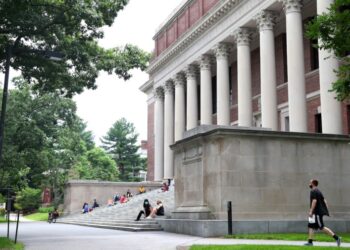Federal judge temporarily blocks Trump from ending Biden-era migrant program
A federal judge in Massachusetts temporarily blocked President Trump’s administration from ending a Biden-era program that allowed parole and the right to work for over half a million immigrants from Cuba, Haiti, Nicaragua and Venezuela. U.S. District Judge Indira Talwani ruled Monday that migrants from the...
Read moreGazelle Sharmahd: Iran used 'barbaric' methods to execute my father
(NewsNation) — The daughter of a man who was executed in Iran says the regime used "barbaric, Mafia-style methods" to...
Man arrested, accused of trespassing naked in Disneyland – Orange County Register
The man was arrested on suspicion of trespassing, being under the influence of narcotics and public intoxication. Subscribe to continue...
FAA grounds NYC helicopter tour company involved in deadly crash
NEW YORK — Federal aviation regulators issued an emergency order Monday grounding the helicopter tour company involved in a deadly...
Helicopter tour company flights grounded after deadly crash in Hudson River
The Federal Aviation Administration has grounded the New York helicopter tour company that operated the sightseeing tour that crashed into...


























 Al Jazeera English | Live
Al Jazeera English | Live






















